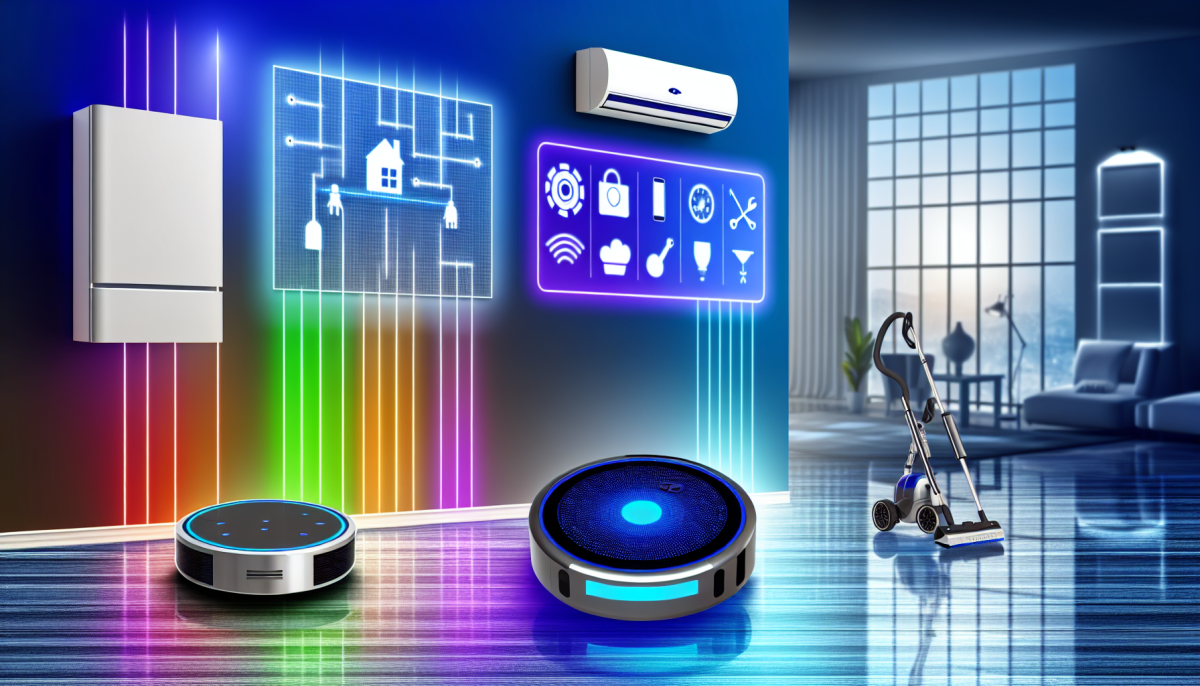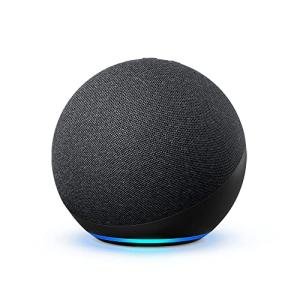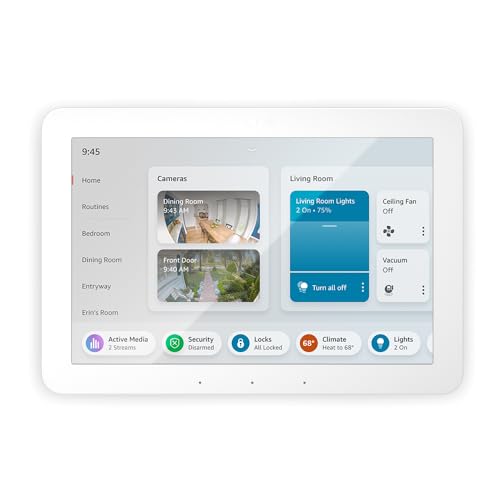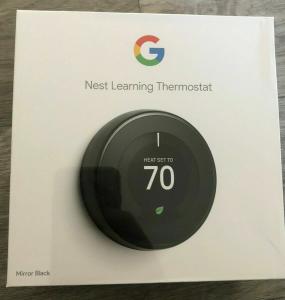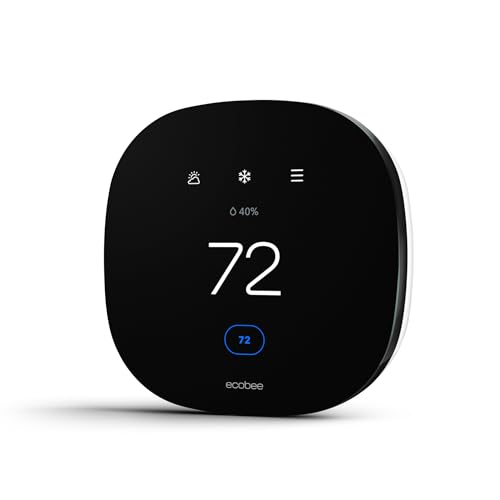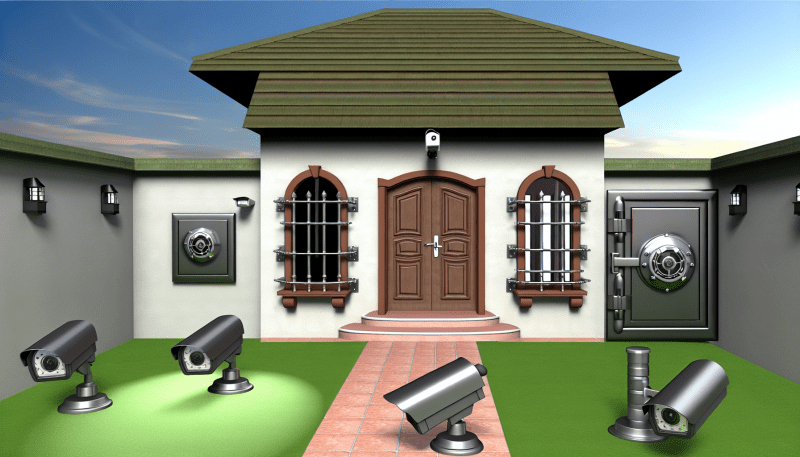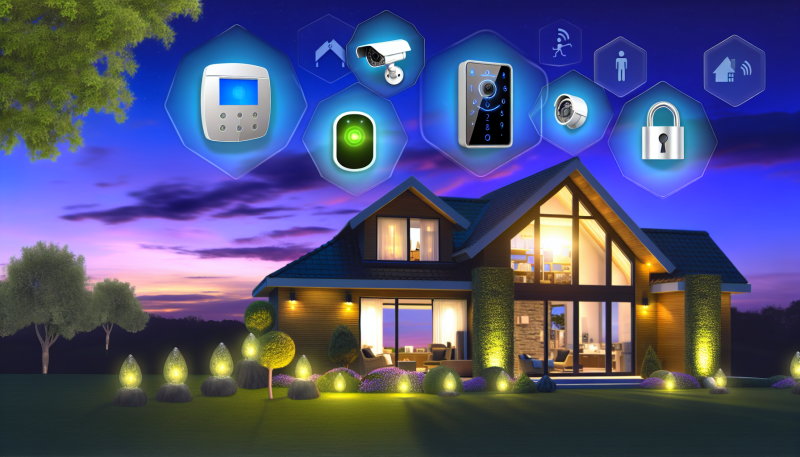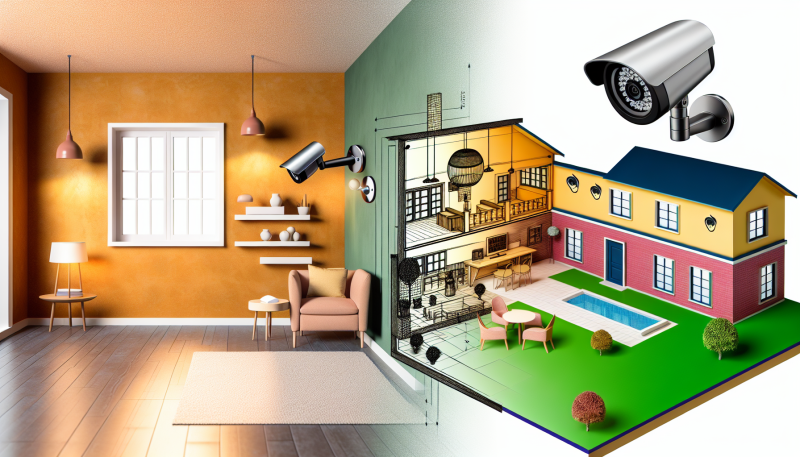Home automation is the process of integrating technology and devices throughout your home to make your life easier and more convenient. By connecting these devices to a central system, you can control everything from your lights and thermostat to your security cameras and smart appliances with just the touch of a button. Imagine being able to turn off all the lights in your house at once, adjust the temperature from your phone, or even have your coffee machine start brewing as soon as your alarm clock goes off in the morning.
One of the biggest benefits of home automation is increased convenience and efficiency. With smart devices, you can automate mundane tasks and streamline your daily routines. This not only saves you time and energy, but also allows you to focus on more important things in your life. Additionally, home automation can help you save money on energy costs by allowing you to monitor and control your usage more effectively.
Another key advantage of home automation is increased security and peace of mind. With smart security systems, you can keep an eye on your home from anywhere in the world, receive alerts for unusual activity, and even remotely lock doors or turn on lights to deter potential intruders. This added layer of protection can help you feel more secure in your home and have greater peace of mind when you're away.
Benefits of Automating Your Home
Have you ever dreamed of living in a smart home where your lights turn on automatically when you walk in the door, your thermostat adjusts itself based on your preferences, and your appliances can be controlled with just the touch of a button? With home automation technology, this dream can become a reality.
One of the biggest benefits of automating your home is the convenience it provides. Imagine being able to control all aspects of your home from your smartphone or voice-controlled device. Whether you're in bed and forgot to turn off the lights downstairs, or you're on vacation and want to make it look like someone is home, home automation allows you to stay connected to your home no matter where you are.
In addition to convenience, home automation can also help you save money on your energy bills. By automating your thermostat, lighting, and appliances, you can ensure that they are only on when needed, saving you money on wasted energy. In the long run, these savings can add up and make a significant impact on your monthly expenses.
Furthermore, home automation can also provide increased security for your home and peace of mind for you and your family. With smart locks, cameras, and alarms, you can monitor and control who has access to your home, receive alerts for any suspicious activity, and even contact emergency services if needed. By automating your home, you can create a safer and more secure environment for you and your loved ones.
Top Home Automation Devices to Consider
First up, smart thermostats are a great way to save energy and money while keeping your home comfortable. Devices like the Nest Thermostat or Ecobee SmartThermostat learn your habits and adjust the temperature accordingly, making it easy to keep your home just the way you like it.
Next, consider getting smart plugs for your home. These nifty little devices allow you to control your appliances and electronics from anywhere using your smartphone. Simply plug in your device, connect it to your Wi-Fi network, and you're ready to go! Smart plugs are perfect for turning off forgotten devices or setting timers for your lights.
Lastly, consider investing in a smart home hub, like the Amazon Echo or Google Home. These devices act as the central command center for all of your smart devices, allowing you to control everything with just your voice. Plus, they can answer questions, play music, and even order pizza for you!
Steps to Begin Automating Your Home
Are you ready to dive headfirst into the world of home automation? With these simple steps, you can start transforming your home into a smart and efficient space in no time!
Step 1: Choose a Hub
The first step in automating your home is to decide on a central hub that will control all your smart devices. Popular options include Amazon Echo, Google Home, and Apple HomeKit. These hubs allow you to seamlessly connect and manage your devices through a single interface.
Step 2: Start Small
Don't feel overwhelmed by trying to automate your entire home at once. Start small by focusing on one room or area, such as your living room or bedroom. Begin with basic devices like smart lights or a smart thermostat, and gradually expand from there.
Step 3: Explore Different Devices
There are endless possibilities when it comes to home automation devices. From smart locks and security cameras to voice-controlled assistants and smart plugs, there is a device to fit every need and budget. Take the time to research and experiment with different devices to find what works best for you.
Step 4: Experiment and Have Fun
Home automation is all about making your life easier and more convenient. Don't be afraid to experiment with different settings and routines to find what works best for you. Have fun exploring the endless possibilities of home automation and enjoy the convenience it brings to your daily life.
